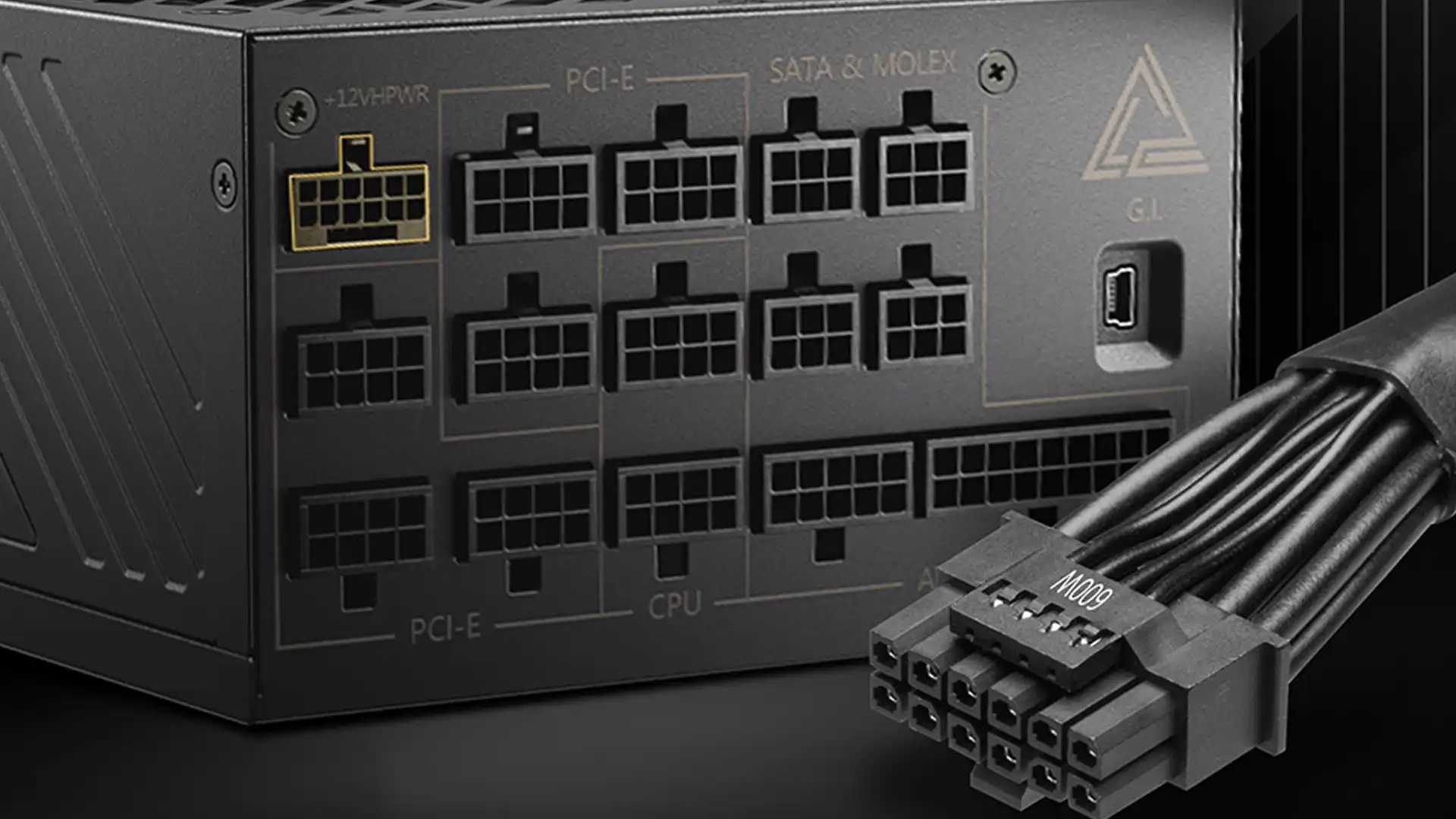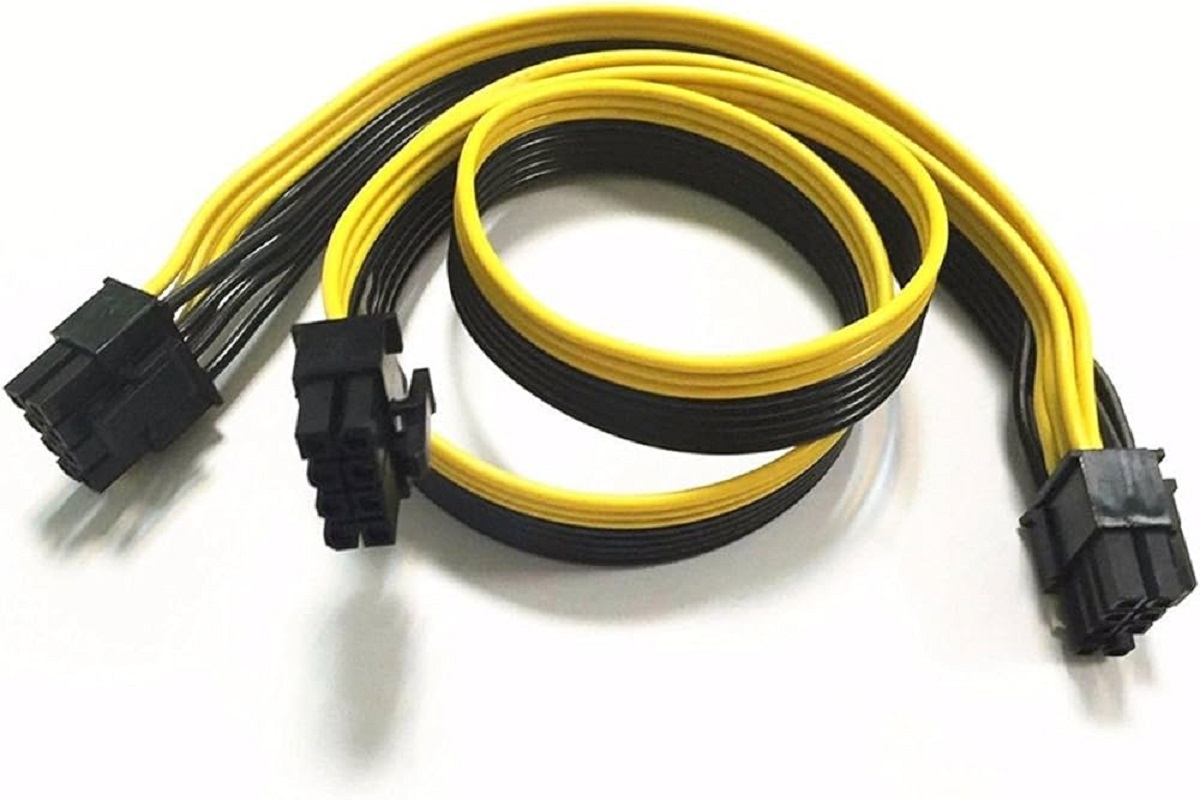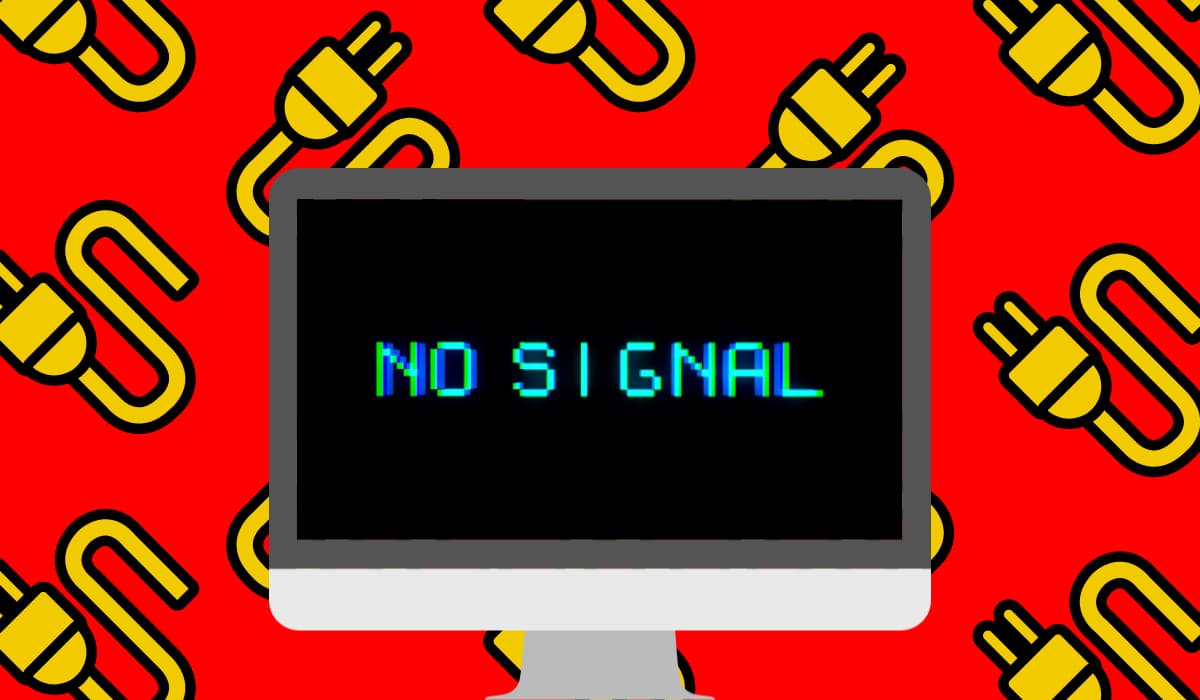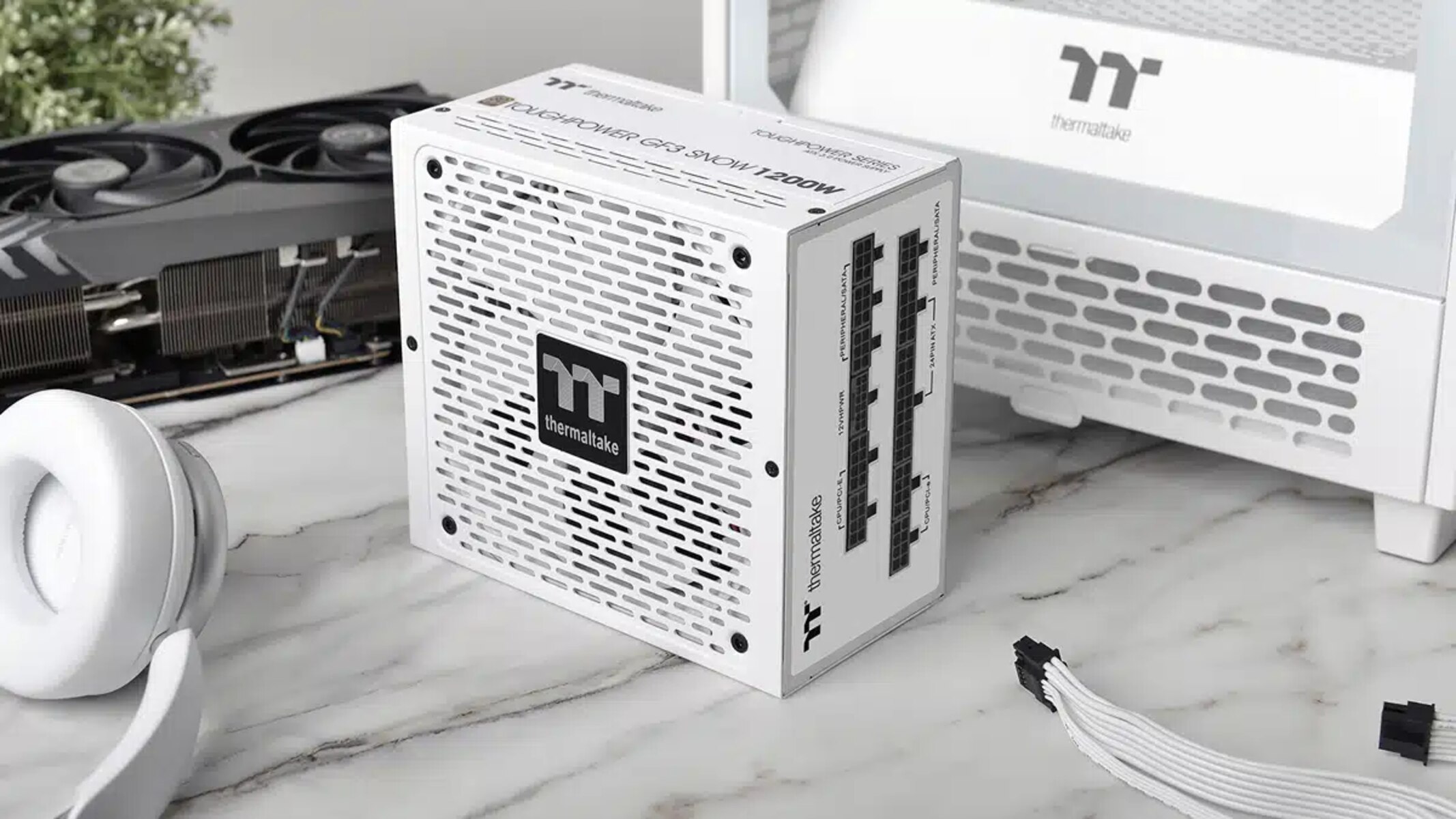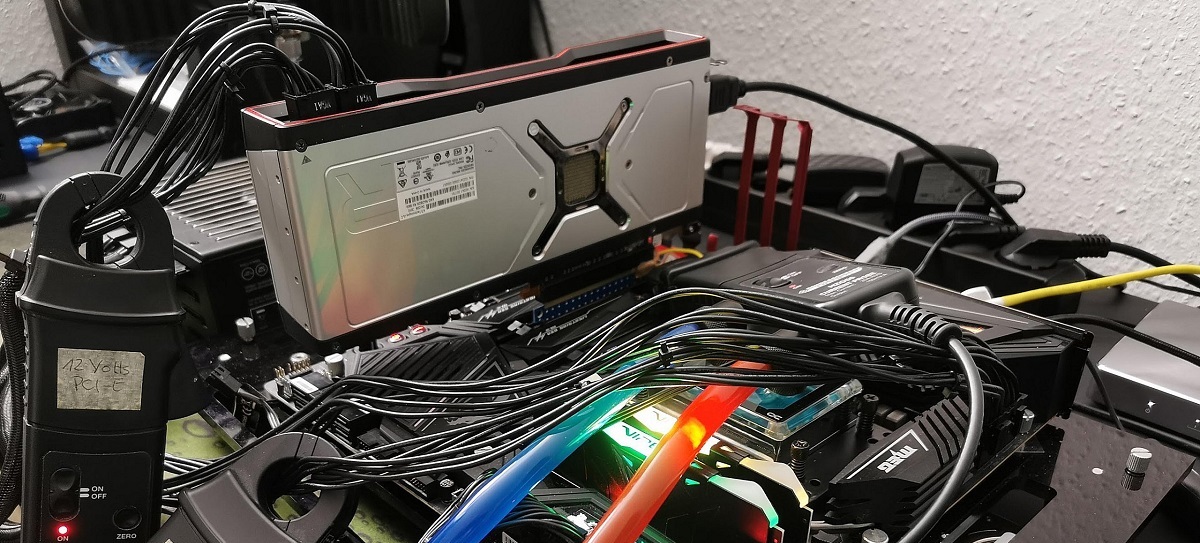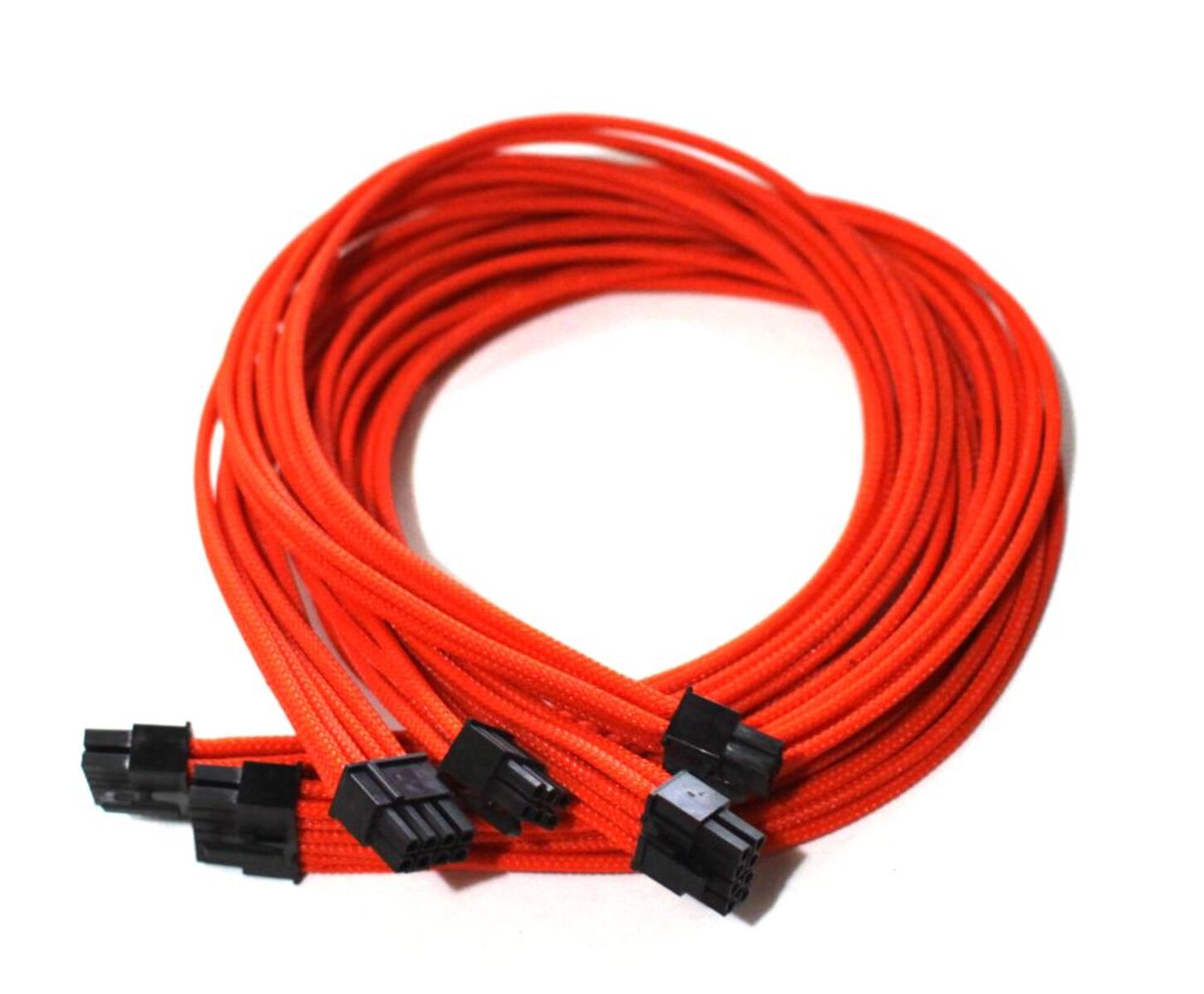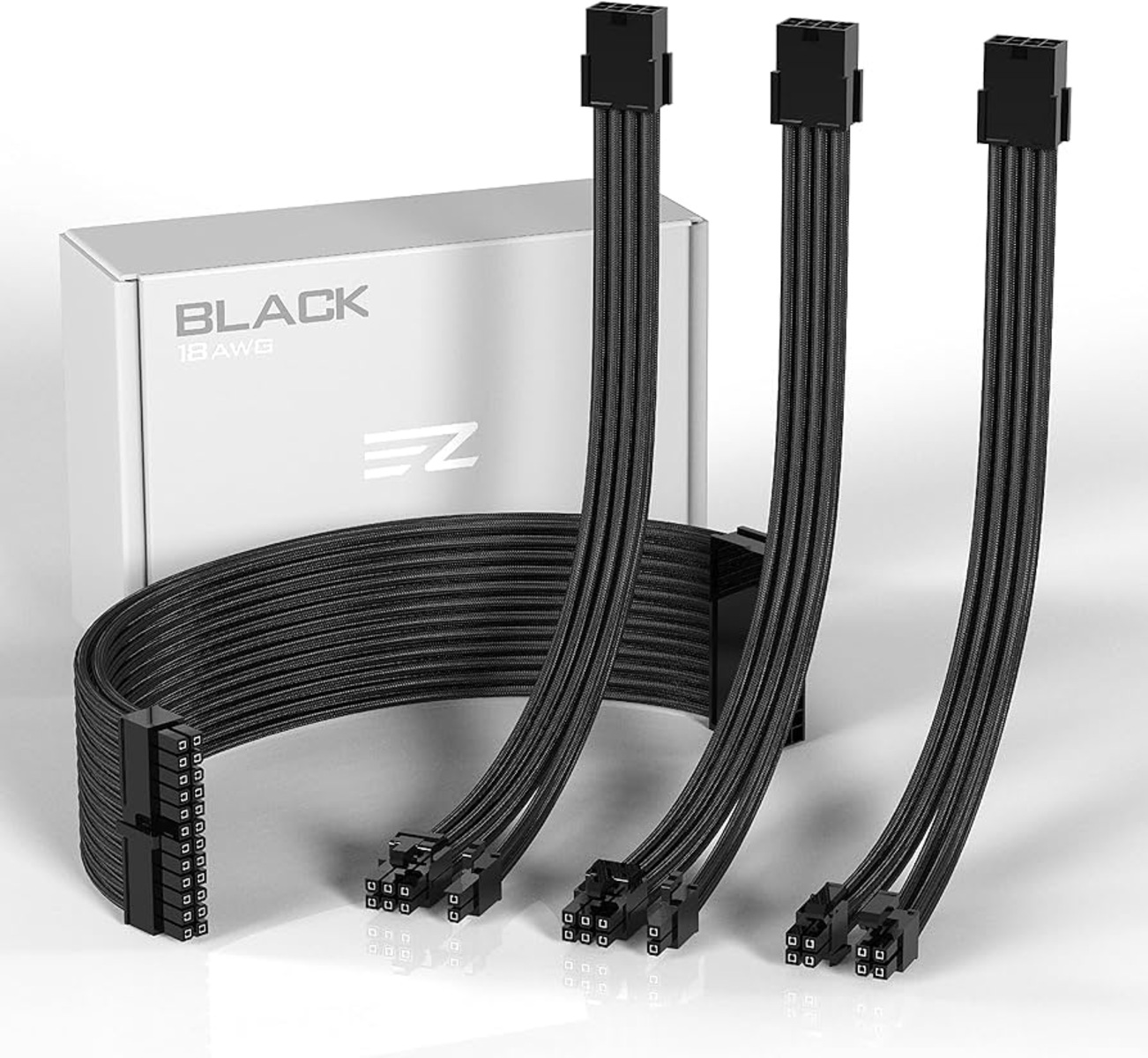Introduction
When it comes to building or upgrading a gaming rig, choosing the right power supply unit (PSU) cable for your graphics card (GPU) is crucial. A PSU cable is responsible for delivering power from your power supply to your GPU, ensuring stable and reliable performance.
Gone are the days when a standard power cable would be sufficient for connecting your GPU to the power supply. With the increasing power requirements of modern graphics cards, using the correct PSU cable has become essential to unleash the full potential of your GPU.
Using the wrong PSU cable can result in inadequate power delivery, which can lead to performance issues, system instability, and even damage to your components. Therefore, it is vital to understand the different types of PSU cables available and choose the appropriate one for your specific GPU.
In this article, we will explore the various types of PSU cables designed for GPUs and help you make an informed decision when selecting the right one for your gaming system.
What is a PSU cable?
A PSU cable, short for power supply unit cable, is a specially designed cable that connects your power supply to different components in your computer system. It carries electrical power from the power supply to the respective components, ensuring they receive the necessary power to function.
When it comes to GPUs, a PSU cable is responsible for supplying power to the graphics card. Graphics cards are power-hungry components that require a dedicated power source to operate optimally. While the motherboard may provide some power to the GPU, it is often insufficient for high-performance graphics cards.
PSU cables for GPUs are typically designed with specific connectors at one end that attach to the power supply unit, and the other end features connectors that plug into the GPU. These cables are specifically engineered to handle the power requirements of the graphics card and ensure a stable power supply.
PSU cables are available in various configurations to accommodate different types of GPUs and power supply units. These cables may vary in the number of pins, connectors, and cable length, depending on the requirements of the specific GPU model.
It is worth noting that PSU cables are not interchangeable between different graphics cards or power supplies. Each GPU model has specific power requirements that must be met for optimal performance. Therefore, it is crucial to use the correct PSU cable that is compatible with your specific GPU.
Now that we understand what a PSU cable is, let us explore why it is important to choose the right PSU cable for your GPU in the next section.
Why is it important to choose the right PSU cable for your GPU?
Choosing the right PSU cable for your GPU is of utmost importance for several reasons:
1. Power Delivery: A graphics card requires a stable and sufficient power supply for optimal performance. Using an inadequate PSU cable can result in insufficient power delivery, leading to performance issues such as frame rate drops, screen flickering, or even system crashes. It is crucial to choose a PSU cable that can handle the power requirements of your GPU to ensure smooth and uninterrupted gameplay.
2. System Stability: Insufficient power delivery can not only affect the performance of your GPU but also impact the stability of your entire system. Inadequate power supply to the graphics card can cause the system to become unstable, resulting in random shutdowns or freezes. By selecting the appropriate PSU cable, you can ensure a consistent and stable power supply to your GPU, minimizing the risk of system instability.
3. Component Protection: Using the wrong PSU cable can have detrimental effects on your GPU and other components. Inadequate power delivery can put unnecessary stress on the graphics card, potentially causing damage to its circuitry or even short-circuits. By choosing the correct PSU cable, you can protect your expensive GPU and other components from potential harm.
4. Compatibility: Different GPUs and power supply units have varying power requirements and connector configurations. Using the wrong PSU cable may result in incompatible connections or the inability to supply the necessary power. It is crucial to choose a PSU cable that is compatible with your specific GPU model to ensure a seamless and hassle-free installation.
5. Longevity: A well-matched PSU cable can contribute to the longevity of your GPU. Over or under-supplying power to the graphics card can put unnecessary stress on its components, potentially reducing its lifespan. By selecting the right PSU cable, you can ensure that your GPU receives the appropriate power, allowing it to operate efficiently and prolonging its overall lifespan.
Considering the significance of power supply for your GPU’s performance, stability, and longevity, it is evident that choosing the right PSU cable is crucial. In the next section, we will explore the different types of PSU cables available for GPUs.
Different types of PSU cables for GPUs
There are several types of PSU cables designed specifically for connecting and powering GPUs. Understanding the different types can help you choose the right cable for your specific graphics card. Let’s explore the various types of PSU cables commonly used for GPUs:
1. 6-pin PCIe power cables: These cables feature a 6-pin connector on one end that plugs into the power supply unit and a 6-pin connector on the other end that connects to the GPU. 6-pin PCIe power cables provide a basic power supply for GPUs with lower power requirements.
2. 8-pin PCIe power cables: Similar to 6-pin PCIe power cables, these cables feature an 8-pin connector on both ends. They provide a higher power supply capacity than 6-pin cables and are commonly used for mid-range graphics cards.
3. 6+2-pin PCIe power cables: These cables offer more versatility as they feature a 6-pin connector with an additional 2-pin connector attached. This design allows them to be used as either a 6-pin or 8-pin cable, depending on the requirements of the GPU.
4. Dual 8-pin PCIe power cables: These cables provide even higher power capacity and are typically used for high-performance graphics cards that require a substantial amount of power. They consist of two 8-pin connectors on one end and plug into the power supply unit, while the other end connects to the GPU.
It’s important to note that not all GPUs will require the same type of PSU cable. The power requirements vary depending on the GPU model and its level of performance. Therefore, it is essential to check the manufacturer’s specifications or user manual of yourgraphics card to determine the type of PSU cable it requires.
Additionally, some PSU cables may have different pin configurations, such as 6-pin to dual 6-pin or 8-pin to dual 6-pin adapters. These allow for flexibility when connecting older graphics cards that have different power requirements.
In the next section, we will discuss the factors to consider when choosing the right PSU cable for your GPU.
6-pin PCIe power cables
6-pin PCIe power cables are a common type of PSU cable used to supply power to lower-end or entry-level graphics cards. These cables feature a 6-pin connector on one end that connects to the power supply unit, and a 6-pin connector on the other end that plugs into the GPU.
6-pin PCIe power cables provide a basic power supply for GPUs with lower power requirements. They typically deliver up to 75 watts of power, making them suitable for graphics cards that have lower power consumption and do not demand a significant amount of energy.
When using a 6-pin PCIe power cable, it is crucial to ensure that your GPU is compatible with this type of cable. Some higher-end graphics cards may require additional power connectors or have higher power requirements, which will not be met by a single 6-pin cable. Using a single 6-pin cable for a power-hungry graphics card may result in insufficient power delivery, leading to performance issues or system instability.
However, for GPUs with lower power consumption, a 6-pin PCIe power cable is often sufficient for providing the necessary power. These cables are typically included with most power supplies and are easy to connect, ensuring a hassle-free setup process.
It is important to note that 6-pin PCIe power cables are not meant to be daisy-chained or connected together in parallel to increase power capacity. Attempting to do so can lead to power supply issues and potential damage to the components.
Before using 6-pin PCIe power cables, always consult the manufacturer’s specifications or user manual of your graphics card to verify the power requirements and ensure compatibility.
In the next section, we will explore the next type of PSU cable: 8-pin PCIe power cables.
8-pin PCIe power cables
8-pin PCIe power cables are another common type of PSU cable used to provide power to mid-range graphics cards with higher power requirements. These cables feature an 8-pin connector on both ends, connecting the power supply unit to the GPU.
Compared to 6-pin PCIe power cables, 8-pin PCIe power cables offer a higher power capacity, typically providing up to 150 watts of power. This additional power delivery makes them suitable for graphics cards that require more energy to operate efficiently.
Using an 8-pin PCIe power cable ensures that your GPU receives a stable and sufficient power supply, reducing the risk of performance issues or system instability. These cables are commonly used for mid-range gaming GPUs and are often included with power supplies that cater to gaming systems.
It is important to note that while 8-pin PCIe power cables can deliver a higher power capacity, they may not be sufficient for high-end or enthusiast-grade graphics cards. These high-performance GPUs often require additional power connectors, such as dual 8-pin or 8-pin plus 6-pin connectors, to meet their power demands.
When utilizing an 8-pin PCIe power cable, it is essential to ensure that your graphics card is compatible with this type of cable. Checking the manufacturer’s specifications or user manual of your GPU is vital to verify the power requirements and ensure the compatibility of the cables.
Similar to 6-pin PCIe power cables, it is important to avoid daisy-chaining or connecting multiple 8-pin PCIe power cables together, as this can lead to power supply issues and potential damage to the components. Always use the appropriate cable configurations as recommended by the manufacturer.
In the next section, we will discuss 6+2-pin PCIe power cables, which offer additional versatility in powering your graphics card.
6+2-pin PCIe power cables
6+2-pin PCIe power cables are versatile PSU cables commonly used for connecting graphics cards that have varying power requirements. These cables feature a 6-pin connector with an additional 2-pin connector attached, providing flexibility in power delivery for your GPU.
The 6+2-pin configuration allows these cables to be used as either a 6-pin or 8-pin PCIe power cable, depending on the power requirements of your graphics card. By connecting the 6-pin portion to the GPU, you can deliver up to 75 watts of power. Alternatively, by attaching the 2-pin connector as well, you can supply up to 150 watts of power, similar to an 8-pin PCIe power cable.
This flexibility makes 6+2-pin PCIe power cables suitable for a wide range of graphics cards, from mid-range gaming GPUs to higher-end models that require more power. These cables offer compatibility with various GPUs, allowing for smoother upgrades or system configurations.
When using 6+2-pin PCIe power cables, it is important to ensure that the power supply unit can provide sufficient power for the entire cable configuration. Additionally, consult the manufacturer’s specifications or user manual of your graphics card to verify the power requirements and determine whether a 6-pin or 8-pin configuration is recommended.
One advantage of 6+2-pin PCIe power cables is that they often come as standard cables with power supplies, making them readily available for most users. However, if you need additional cables or longer lengths, it is advisable to check compatibility and purchase cables specifically designed for your power supply unit and GPU.
As with any PSU cable, it is important to avoid daisy-chaining or connecting multiple 6+2-pin PCIe power cables together, as this can exceed the power supply’s capacity and potentially damage the components. Always follow the recommended cable configurations provided by the manufacturer.
Now that we have understood the versatility of 6+2-pin PCIe power cables, let’s move on to the next section to learn about dual 8-pin PCIe power cables.
Dual 8-pin PCIe power cables
Dual 8-pin PCIe power cables are designed for high-performance graphics cards that demand a significant amount of power to operate at their full potential. These cables feature two 8-pin connectors on one end that connect to the power supply unit, while the other end plugs into the graphics card.
High-end or enthusiast-grade GPUs often require more power to deliver exceptional gaming performance or handle demanding tasks like video editing or 3D rendering. Dual 8-pin PCIe power cables provide the necessary power capacity to meet these requirements, delivering up to 375 watts of power.
Using dual 8-pin PCIe power cables ensures a stable and reliable power supply to your graphics card, minimizing the risk of power-related performance issues or system instability. These cables are designed to handle the high power demands of top-tier GPUs, allowing them to function optimally even under heavy loads.
It is important to note that not all high-end graphics cards necessarily require dual 8-pin PCIe power cables. Some models may have different power requirements, such as combining an 8-pin connector with a 6-pin connector or utilizing a different power delivery mechanism altogether. Checking the manufacturer’s specifications or user manual of your GPU is crucial to determine the exact power requirements and the compatible cable configurations.
When using dual 8-pin PCIe power cables, it is essential to ensure that your power supply unit is capable of delivering the required power. Some power supplies may come with pre-attached dual 8-pin cables, while others may require additional cables or adapters to convert from different configurations.
As with other PSU cables, it is important to avoid daisy-chaining or connecting multiple dual 8-pin PCIe power cables together, as this can exceed the power supply’s capacity and potentially cause damage. It is always recommended to follow the manufacturer’s guidelines and use the appropriate cable configurations for your specific setup.
Dual 8-pin PCIe power cables are specifically designed for high-performance graphics cards and provide the necessary power to fully unleash their capabilities. If you are using a high-end GPU, it is crucial to ensure that your power supply unit includes or supports dual 8-pin PCIe power cables to guarantee optimal performance.
Now that we have explored the various types of PSU cables for GPUs, let’s move on to the next section to learn how to choose the right PSU cable for your specific graphics card and power supply unit.
Choosing the right PSU cable for your GPU
Choosing the right PSU cable for your GPU involves considering several factors to ensure compatibility, optimal performance, and system stability. Here are some essential points to keep in mind when selecting a PSU cable:
1. Check GPU requirements: Start by checking the manufacturer’s specifications or user manual of your graphics card. Note the power requirements and the type of PSU cables recommended for your specific GPU model.
2. Consider power supply unit: Assess the capabilities of your power supply unit. Verify if it provides the necessary connectors and power capacity required by your graphics card. Some power supply units may require separate cable purchases or have limitations on the number and type of connectors.
3. Determine power cable type: Based on your GPU’s power requirements, identify the appropriate PSU cable type. Smaller or lower-power graphics cards may need a 6-pin PCIe power cable, while mid-range GPUs may require an 8-pin PCIe power cable. High-end graphics cards often demand dual 8-pin PCIe power cables.
4. Verify cable compatibility: Ensure that the PSU cable is compatible with both your graphics card and power supply unit. Double-check the connectors, pin configurations, and cable length to avoid any compatibility issues or limitations.
5. Consider future upgrades: If you plan to upgrade your graphics card in the future, it is wise to choose a PSU cable that can accommodate higher power requirements. Opting for a more versatile cable, such as a 6+2-pin PCIe power cable, allows for flexibility and future-proofing your system.
6. Avoid daisy-chaining: As a general rule, avoid daisy-chaining or connecting multiple PSU cables together. Each cable should be connected directly to the power supply unit and the GPU to ensure a steady and stable power supply. Consult the manufacturer’s guidelines for proper cable connections.
7. Quality and safety: Opt for high-quality PSU cables from reputable brands. Quality cables not only provide better power delivery but also reduce the risk of electrical issues or damage to your components. Look for cables that are certified for safety and meet industry standards.
8. Seek professional advice if unsure: If you are unsure about selecting the right PSU cable or feel uncomfortable with the installation process, seek assistance from a professional or consult a trusted technician who can provide guidance specific to your system setup.
By considering these factors and taking the time to select the appropriate PSU cable, you can ensure a stable and reliable power supply to your GPU, maximizing its performance while safeguarding your system from potential issues.
Now that we have covered the considerations for choosing the right PSU cable, let’s wrap up this article in the following section.
Conclusion
When it comes to powering your graphics card, choosing the right PSU cable is vital for optimal performance, stability, and component protection. Understanding the different types of PSU cables and their compatibility with your GPU and power supply unit are essential steps in building or upgrading your gaming rig.
Whether you need a 6-pin, 8-pin, 6+2-pin, or dual 8-pin PCIe power cable will depend on your graphics card’s power requirements. It is crucial to consult the manufacturer’s specifications or user manual to ensure the cable you choose meets the recommended power supply for your GPU.
Remember to avoid daisy-chaining cables and always use the appropriate cable configurations as instructed by the manufacturer. This will help prevent power supply issues and potential damage to your components.
Additionally, prioritize quality and safety when selecting your PSU cable. Invest in cables from reputable brands that meet industry standards and ensure a reliable power supply to your GPU.
If you have any doubts or concerns regarding the selection or installation of PSU cables, seek professional advice or assistance. A trusted technician can provide specific guidance based on your system setup.
By choosing the right PSU cable for your GPU, you can ensure a stable and efficient power supply, enabling your graphics card to perform at its best. This will result in an enhanced gaming experience and smoother overall system performance.
So, take the time to find the perfect PSU cable for your GPU and power supply unit, and enjoy the full capabilities of your gaming rig without any power-related limitations or issues.









